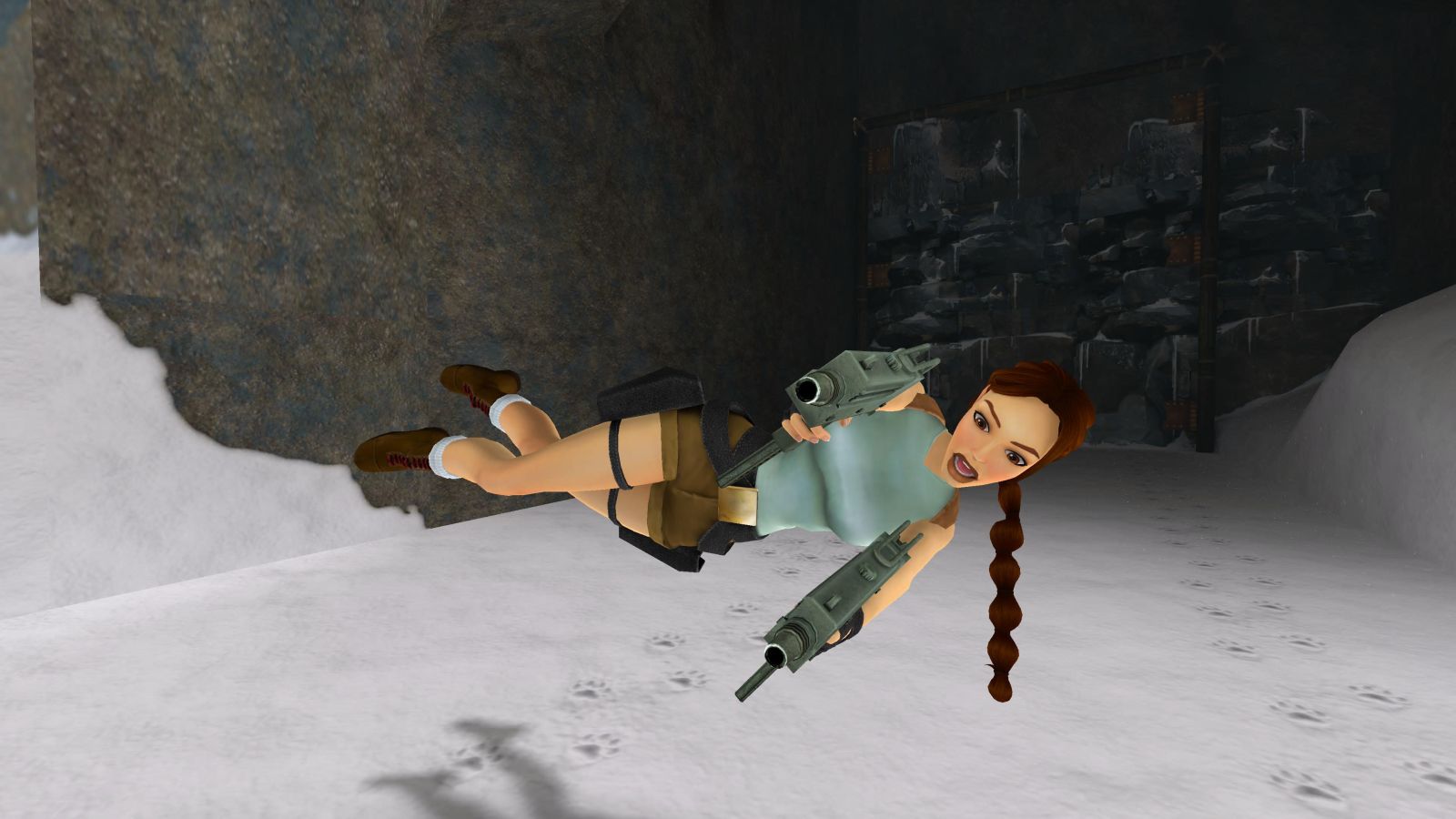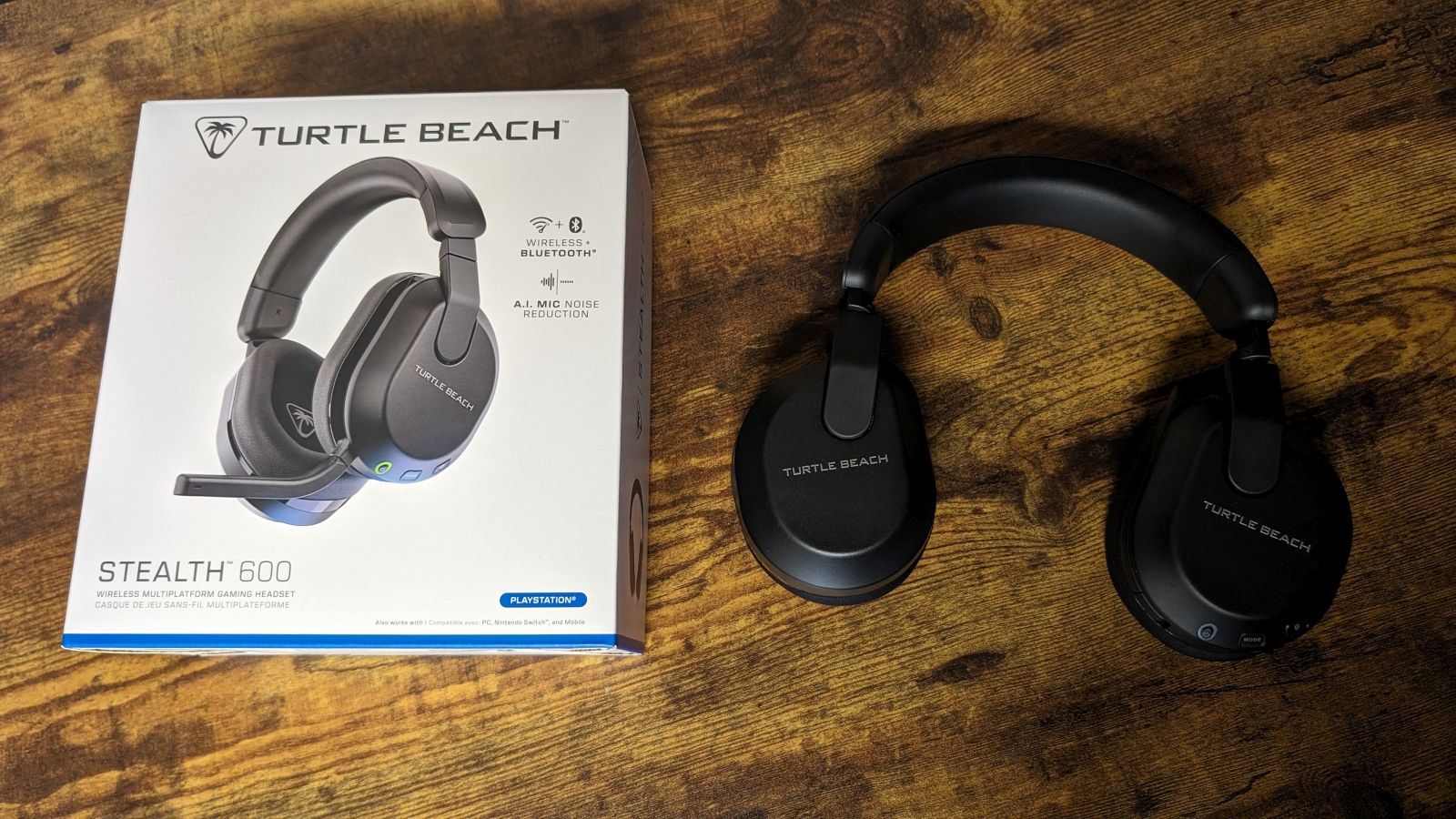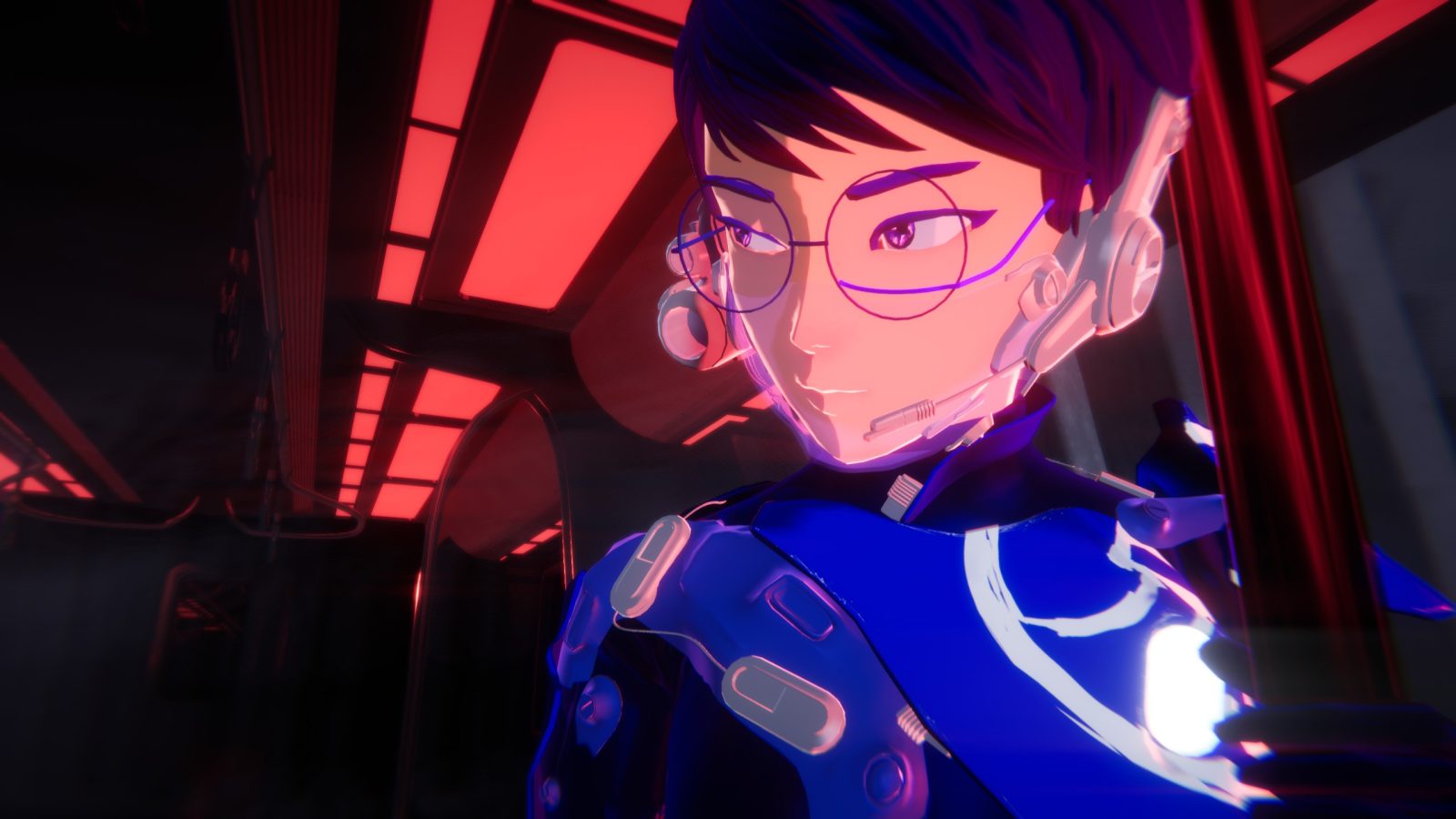I grew up in the heyday of Tomb Raider. I distinctly remember the first entry releasing on the PS1 in 1996 and being utterly blown away by what was then an unparalleled 3D experience. Just a year later Tomb Raider II released and was heralded as not only worthy of the lofty Tomb Raider mantle set by the first entry, but far surpassing it by adding in more enemies, vehicles, and an overall more robust gameplay experience. By III, the hype had died down some and people were becoming used to the gameplay loop, but there remained no doubt of Tomb Raider’s inescapable effect on video games which still resonates today.
In this collection you’ll receive Tomb Raider I and its expansion Unfinished Business, Tomb Raider II and its expansion Gold Mask, and Tomb Raider III along with its expansion The Lost Artifact. The inclusion of remastered expansions will be a huge selling point, as I suspect a lot of players missed out on experiencing them due to their release being restricted to the PC rather than the PS1. I know I did.
So, let’s cut right to the chase – despite my nostalgia for these titles, do they hold up after all these years? The answer is complicated, and most likely depends on your relationship with these early entries in the series and your tolerance for retro gameplay. If you do not have a soft spot for retro titles, then the archaic controls and gameplay design may turn you off, but for fans of the series or those OK with overcoming a bit of a learning curve, Tomb Raider I-III Remastered is a fantastic reason to step back into the inimitable Lara Croft’s trap-filled world or to experience it for the first time.


A thing to note, especially for Tomb Raider aficionados, is that while this is a remastered collection, that applies only to the graphics and a few gameplay additions, such as updated control schemes and a new photo mode. The games themselves remain pixel perfect versions of what was released in the 90’s, flaws and all. Still, I do believe that this was the best route to go, as anything else would have involved a huge overhaul of nearly every aspect of the game. Despite the dated gameplay mechanics and a few other issues, these titles are considered classics for a reason and that aspect still shines through.
Stepping back into Lara’s world is brutal, even for seasoned retro gamers. If you haven’t been playing Tomb Raider since its initial release, odds are you will struggle through the first level or two as you come to terms with its jumping, shooting, and puzzle mechanics. That said, those that persevere through these early stages will be treated with some incredible early 3D level and puzzle designs through three surprisingly lengthy campaigns.
Upon booting up the collection you will be greeted by a menu for Tomb Raider I, but you can easily toggle to Tomb Raider II or III by simply pressing up or down on the thumb stick. Each title has its own menu screen which allows you to change audio and control settings, view extras, train at Lara’s house, and to start or load a game. When you choose to start a new game, you are given an option to play either the base title or its expansion. During gameplay you can save and load at any time, without the use of save crystals though they still appear in Tomb Raider III, and have multiple saves at once. Saves for the base game and its expansion are shown on the same save/load screen, though each game will have its own save/load screen to avoid confusion.


If you are new to the series, I highly recommend hopping into Lara’s house before starting the game proper, as this training area proves to be incredibly useful for understanding the basic mechanics. Be aware, there is a control issue specific to these remasters that may cause confusion if you choose to use the “modern controls,” especially in the Tomb Raider II and III training areas. You see, the original release of all three of these games centered around what is lovingly called “tank controls”, which the training areas remain focused on. Tank controls sacrifice pinpoint movement but replace that with the ability to easily flip sideways and jump backwards to line up more difficult jumps. The “modern control” scheme does not have an option for much of these movements, aside from when Lara has her guns drawn. Since you can’t draw your guns during training, this makes a few of the obstacle course jumps much more daunting than they need to be. Another area of confusion during training is the game does not mention which button does what, rather only saying “press the action button” or similar commands. Fidgeting around with the controls to learn all of Lara’s movements is a must before beginning the game.
There are a few things you’ll notice immediately upon selecting any of the three titles and beginning the game. The first is that the cutscenes remain essentially exactly how they looked upon release. They have not been given a remaster, aside from some slight upscaling, and remain quite dated. You may also not be too impressed with the remastered graphics at first, but having the ability to toggle between the original graphics and the remaster at any time by simply pressing the Options button will reveal just how much work went into updating the textures, character models, and lighting. Some areas fare better than others, but overall, the remastered graphics are quite impressive, though more on par with previous generation graphics rather than modern consoles.
With these updates, comes some growing pains. While throughout most of the campaign the remastered lighting is great, there are a few areas where the more realistic lighting makes it nigh impossible to see what you are doing, which can lead to frustration as you may miss switches or other important items. This was an issue in the original releases to an extent, but if you switch to the original graphics during these hard to see areas, you’ll be amazed by how much brighter the original looks.


Another issue I stumbled upon quite often was the camera having far more issues when being used in the remastered graphics setting compared to the original graphics. I often ran into areas where the camera would continuously bounce off a wall with no way to focus on Lara, especially in tight areas where precise jumping is required. To fix this, I would simply switch to original graphics and somehow the problem no longer existed. This is frustrating, but since it can be fixed by something as simple as one button push to switch graphical styles, it was not aggravating enough to ruin my enjoyment.
For those new to the series, you’re in for a shock as these games can be brutally difficult. In true retro fashion – or in this case, true explorer fashion, there is no hand holding, no explanation as to your goals or what you need to accomplish to move on, and no help. It’s just Lara and the often-complex levels that she stumbles into, where the player must simply explore and figure everything out on their own. This gameplay loop may not be for everyone, and I’ll be the first to admit that it can be quite frustrating at times, but once you grasp how a puzzle works and figure out how to progress, there is a sense of accomplishment that you rarely feel in gaming anymore.
Let’s talk about movement for a moment. As I previously mentioned, the remaster not only includes the original “tank controls” but also a “modern control” scheme based on later Tomb Raider titles. Both can be used effectively to complete each game, but it is sometimes obvious that a level was designed with the “tank controls” in mind and this creates a few areas of frustration when needing to line up pinpoint specific jumps. The “tank controls” do not allow for precision turning, but rather stick more to a steadfast left/right/front/back direction when pushed. This may be a bit difficult for modern gamers to become accustomed to, but the control scheme does work well in this series once you get adjusted. Most importantly though, while using “tank controls” you can easily flip to the side or take small jumps back to position yourself better or to cause Lara to fall off a ledge and grab ahold of it on the way down – something which is extremely difficult to pull off in the “modern control” scheme. The trade off for more difficult back jumps and side flips is that the “modern controls” allow you to turn with pinpoint precision in any direction, which does help line up a few trickier jumps. Both control schemes ultimately have their pros and cons, and both can be adjusted to varying degrees via the options menu, so really which one works best comes down to player preference. For reference, I played using the “modern control” scheme.


One thing that remains the same regardless of what control scheme you choose is the combat. Unfortunately, the combat has always been the weakest part of the original releases, which makes sense since much of the game revolves around puzzles and exploration with combat only becoming more of an emphasis in later titles or closer to the endgame sections. That’s not to say that the combat isn’t often fun, it is just incredibly hard to accurately attack moving targets, especially while in close range. Lara is capable and does have auto aim to a degree – if you point her at an enemy she will normally lock on and follow them until they go out of range.
Most issues stem when an enemy is nearby or running at you. Your only option then is to keep as much space between you and the enemy as possible, flipping away and rolling in hopes Lara remains locked on. Often, she loses the target even when facing them, especially in more chaotic encounters, which leads to frantic rolling and flipping until your lock on readjusts. Tack on the fact that Lara can die incredibly quickly, and players quickly learn that combat must be approached strategically, taking out enemies from safe locations and preferably one at a time. A nice new addition is that bosses now have health meters, though I suspect some long-term players may argue this breaks immersion, but I was glad to know how well (or badly) I was doing during some of the more obtuse boss encounters.

A much talked about new addition to this collection is the photo mode, which you access by pushing down both L3 and R3 (on PS5) simultaneously during gameplay. Oddly enough, this collection makes no mention of how to enter the photo mode and I spent more than 10 hours playing these games before I figured it out. While in photo mode, you are able to select between 6 poses, 8 facial expressions, 12 outfits, and a variety of weapons depending on which title you are playing. Photo mode also allows you to adjust both the field of view and camera roll, which helps to create some unique shots. My favorite aspect of using the photo mode is the ability to switch between the remastered graphics and original graphics, which is great for comparison shots. The photo mode is a nice addition, even if it is a bit bare bones, but I’m sure those who enjoy taking in-game photos will get a lot of use out of the tool and pull off a few impressive pictures during the many cool set pieces Lara encounters during her adventures.


While all three base games have their moments, I still find myself gravitating towards Tomb Raider I for its emphasis on exploration rather than combat. Tomb Raider II is arguably the best, or at least the fan favorite, and I understand why. It features more varied locations to explore, more combat and a better variety of enemies, and ramps up the difficulty early on with a trap infested cave to start the game. Tomb Raider III was the most difficult for me, with a bit too much combat and not as well executed puzzles and levels, though it remains fun to play. My biggest surprise was the expansions, each of which took what made the base title fun and expanded on that in new and exciting ways, often featuring harder challenges and tougher enemy encounters. I especially enjoyed exploring the lava strewn depths in Unfinished Business while fighting off a surprising amount of incredibly tough enemies.
Overall, Tomb Raider I-III Remastered packs a lot of content into a bargain priced package. While it is hard to nail down an estimated completion time for any Tomb Raider title due to their emphasis on puzzles and exploration, you can expect 6 to 8 hours per game if you know where to go and what to do, and upwards of 20 hours per game if it is your first playthrough and you are not using a guide. Toss in the expansions, each of which provide another 3 or so hours of playtime, and you’ve got an impressive amount of content to complete.
Whether you’re a long time fan or new to the series, Tomb Raider I-III Remastered is well worth a look. This collection provides the easiest way to obtain all three base games along with their expansions, and the remastered graphics, while not up to modern console standards, still does a great job of helping bring these gorgeously crafted classics to life.
Richard Allen is a freelance writer and contributing editor for various publications. When not writing for Gaming Trend you can find him covering theatre for Broadway World, movies and TV for Fandomize, or working on original stories. An avid retro gamer, he is overly obsessed with Dragon's Lair. Chat with him via @thricetheartist on Twitter and @richardallenwrites on Facebook and Instagram.

The iconic Lara Croft returns in a series of lovingly crafted remasters of her first three adventures. Tomb Raider I-III Remastered features not only the base version of all three games, but also the full expansions which were previously unavailable on the PS1, providing an incredible amount of content for a bargain price. Upgraded character models and lighting, a photo mode, and optional quality-of-life improvements help round out a collection which would have been worthwhile without the graphical upgrade. Unfortunately, a few control, lighting, and camera issues do occasionally arise, dampening what is otherwise a great collection.
PROS
- Pixel perfect remasters leave the base game exactly how you remember, only with a graphical upgrade
- The ability to choose between “tank controls” and “modern controls”
- An incredible amount of content for a bargain price
CONS
- The new lighting system often leads to incredibly dark areas not present in the original releases
- The camera at times gets stuck in random areas while playing in remastered mode
Unless otherwise stated, the product in this article was provided for review purposes.
See below for our list of partners and affiliates:

 3 months ago
97
3 months ago
97








